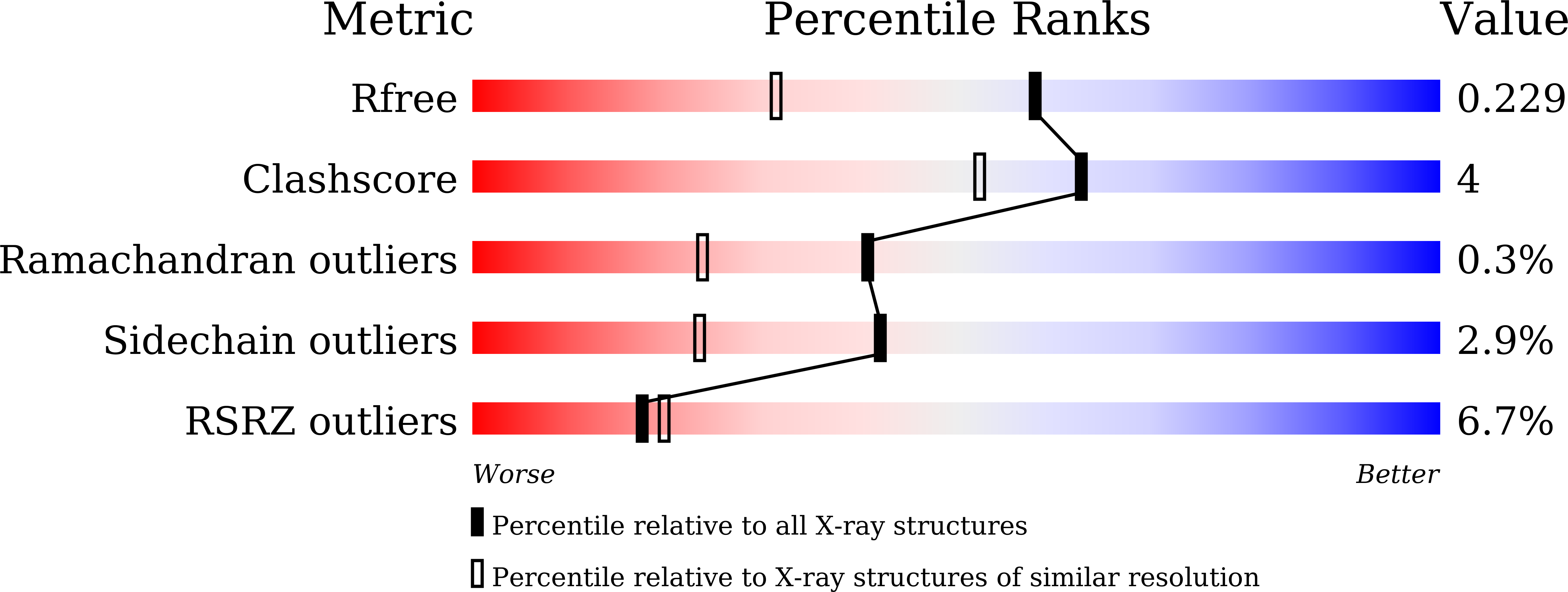
Deposition Date
2017-05-04
Release Date
2018-04-11
Last Version Date
2023-11-22
Entry Detail
PDB ID:
5XJV
Keywords:
Title:
Two intermediate states of conformation switch in dual specificity phosphatase 13a
Biological Source:
Source Organism:
Homo sapiens (Taxon ID: 9606)
Host Organism:
Method Details:
Experimental Method:
Resolution:
1.69 Å
R-Value Free:
0.22
R-Value Work:
0.17
R-Value Observed:
0.18
Space Group:
P 1 21 1


